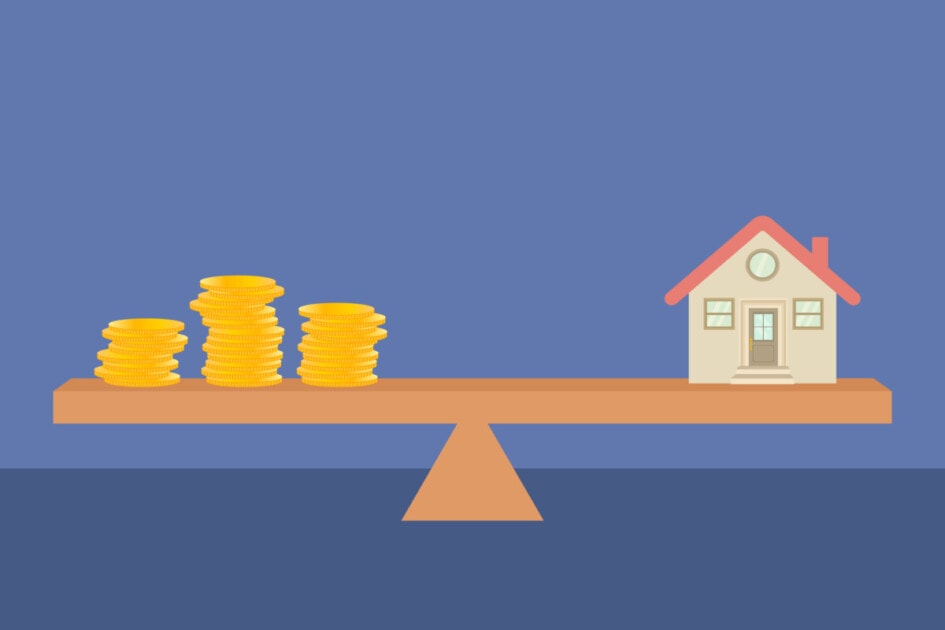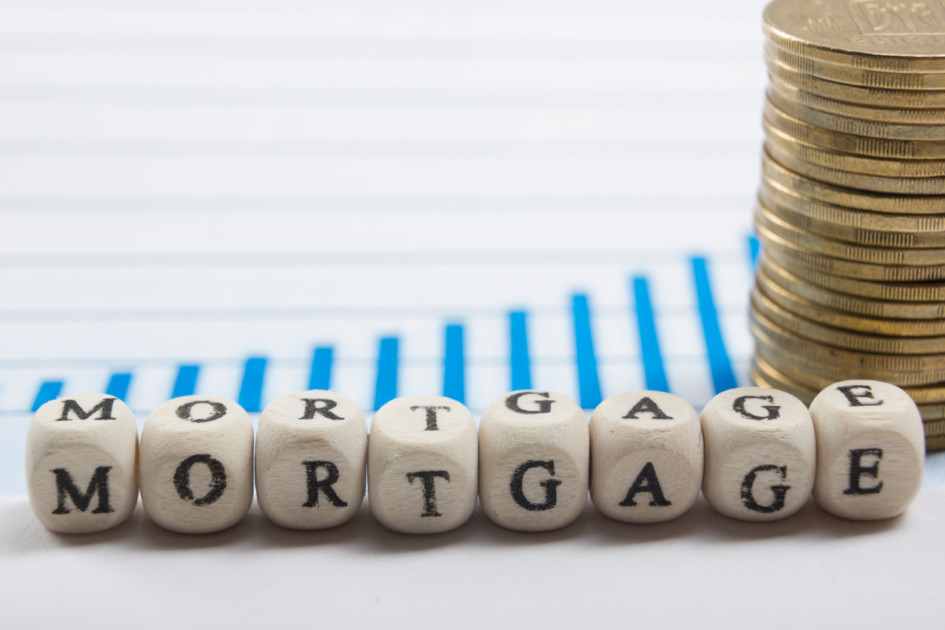Is Now a Good Time to Buy a House?
This article was sourced from Redfin and is used as an example of how our AI Real Estate Market Analyst can help assist you with your market research.

Spring is just around the corner, and with it comes prime homebuying season. So, hoping to beat the crowd, many homebuyers are wondering if it’s a good time to enter the housing market. Housing is still largely unaffordable for most of the country, after all, and recent orders from President Trump have put improvements into question. Given these challenges, it’s natural to wonder if now is the right time to take the leap before homebuying season begins.
In short, whether or not it’s a good time to buy a house boils down to if it’s a good time for you to buy a house.
Let’s dive a bit deeper into market trends to help you answer, “Should I buy a house now or wait?” Plus, we’ll talk a bit about personal considerations.

Market considerations: What’s going on in the housing market?
Here are some key market trends to keep an eye on and help you make an informed homebuying choice.
House prices: Sky-high and still climbing
The median U.S. sale price currently sits at $426,000 – up 3.3% from a year ago. House prices have posted year-over-year gains for 20 consecutive months and are 32% higher than they were in 2020. Although growth recently slowed, we expect prices to continue rising this year, pushing more would-be buyers into renting.
Mortgage rates: Dropping, but volatile
As of March 10th, daily average 30-year fixed mortgage rates sit at 6.7% – unchanged from last week but still near four-month lows. A weaker global economy, economic uncertainty around tariffs and government layoffs, and an ailing stock market are all helping push rates lower. Economic weakness tends to push bond values higher, which in turn lowers mortgage rates.
Importantly, the Fed and economists are also concerned about inflation coming back, which could dramatically impact mortgage rates. Plus, following a weak jobs report and large-scale tariffs last week, experts fear that “stagflation” – a combination of slow growth and rising inflation – could set in. This could lead to higher prices and a weaker economy.
It’s difficult for the Fed to combat stagflation with interest rate cuts, because inflation is still above their target (cutting rates can speed up inflation). However, investors are hoping for as many as three rate cuts in the second half of the year to respond to the worsening economic outlook. Uncertainty surrounding mortgage rates is keeping everyone on their toes. Redfin predicts that rates will hover between 6-7% through 2025.
Mortgage rates are important because they directly translate to monthly housing costs. The higher the rate, the more you pay every month. For example, let’s assume you make a 20% downpayment on a $380,000 house. Using this week’s 6.7% rate, your monthly payment would be $2,789 (including home insurance and taxes).
But, if we drop the mortgage rate to 6.0%, your monthly payment drops to $2,635. This is why, when rates fell to 6.4% back in August 2024, homebuyers gained nearly $30,000 over the lifetime of their mortgage.
Supply: Limited, but rising
Months of supply sits at 3.5 months, where it was for most of 2024. Supply below 4 months tends to favor sellers; supply above 4 months often favors buyers.
Housing supply has slowly made a comeback from 2021, when it bottomed out at nearly one month, which is good news for buyers. However, that’s partly because more homes are sitting on the market unsold, not because homebuilding has rebounded. The U.S. has been chronically underbuilding for over a decade – a major reason why house prices have reached such highs.
In fact, new construction has dropped in the past year because more inventory continues piling up. Builders have backed off since the pandemic-driven boom, with new housing starts down 3.1% in January. Investor purchases have also slowed down, boosting supply. Trump’s immigration agenda, already underway, will likely hurt the building industry, too.
Supply is also rising because more sellers are listing their homes. The share of homeowners with pandemic-era mortgage rates – often 3% or less – is fading. Areas where homes are most at risk of natural disasters, like in Florida, are seeing record-high inventory levels.
To top it off, Trump seems poised to open up large amounts of national forests to logging, which could lower construction costs and encourage building. Tariffs could affect improvements here, though.
Demand: Cautiously improving
More people are searching for homes and applying for mortgages, hoping to take advantage of the dip in mortgage rates. This hasn’t translated to more sales, though. In fact, a record share of home sales are getting cancelled. Metros with a lot of federal employees – those being impacted by Trump and Elon Musk’s moves to downsize the government – are also seeing demand abruptly shift.
Other metrics are down, too, like new listings remaining flat and a falling share of sales going under contract within two weeks. Hardly any homes are changing hands.
In general, there just aren’t enough homes on the market, which is driving up prices throughout the country. This means it may be a good time to buy, if you have the budget. Homes that are priced well and in good condition typically fly off the market. More new homes have been selling, too.
Competition: Strong, but it depends on where you’re looking
A slow rise in homebuyer activity means sellers could see more competition for their listings.
House hunters scared off by high mortgage rates have been waiting on the sidelines for years, especially as inventory waned due to sellers wanting to hold on to their pandemic-era rates (the lock-in effect). However, as ~7% rates and near-record prices become the norm, more buyers are deciding to enter the market.
This trend varies by market, though. For example, in Texas and Florida, homes are sitting on the market for longer, while homes in Midwest and East Coast metros are selling faster.
Inflation: An uncertain future
Thanks in part to the Fed cracking down hard on pandemic-related inflation, inflation remains at 3% – above their 2% target benchmark. This is a major improvement from the meteoric post-pandemic inflation surge, which peaked at 9.1% in July 2022. Lower inflation means less spending on goods and services, which can help buyers’ budgets.
However, inflation isn’t likely going to drop soon, and factors like tariffs and rising unemployment have the Fed concerned about inflation rising further. Experts believe some of Trump’s policy proposals, namely tariffs, would actually help inflation skyrocket to 6%-9%. Since February 2020, the cost of goods and services has risen 22.5%.
Trump’s incoming tariffs on Canada, Mexico, and China – America’s top three trading partners – will raise prices on everything from groceries, to aluminum cans, to oil changes. Tariffs on the three countries went into effect on March 4th, following a 30-day pause, and could be expanded.

Personal considerations: Are you ready to buy and own a house?
When deciding whether to buy a home in today’s climate, you’ll want to think beyond market conditions and focus on your individual circumstances. Here are some personal considerations to keep in mind.
Financial health
Take stock of your current savings, credit score, and debt levels. Can you afford a house? Or does renting make more sense?
Housing is a long-term commitment, so you’ll want a solid emergency fund for maintenance and unexpected costs.
Monthly budget
Determine how a mortgage payment at today’s rates might impact your lifestyle. Make sure you can comfortably handle monthly payments, property taxes, insurance, and other homeownership expenses.
Job and location stability
Buying a house makes sense if you plan to stay put for several years. A stable job or reliable income is crucial to avoid financial strain, especially if home prices or interest rates rise further.
Choosing your location is also essential. Is your potential home prone to flooding, wildfires, or other climate risks? This is especially important today, as insurers continue dropping homeowners at alarming rates.
Personal goals and timelines
Think about life events, like starting a family, retiring, or relocating. These factors can make owning a home either more appealing or potentially riskier if you need to move soon.
Lifestyle preferences
Homeownership comes with ongoing responsibilities, like maintenance, repairs, and property taxes. Ask yourself if you have the time, resources, and a desire to handle them.

Will mortgage rates fall in 2025?
Barring unexpected economic changes, mortgage rates will likely remain close to 7% through 2025. These rates could be the new normal for the foreseeable future.
Today’s mortgage rates reflect what investors think the Fed and new administration will do. Investors believe the Fed is done limiting inflation for now and have already priced in Trump’s expected policy changes. Expectations are slightly clouded due to many of Trump’s policy uncertainties, though. Plus, recent improvements flip the script somewhat.
Should you lock in your mortgage rate today?
If you have the means, now is a great time to lock in a mortgage rate. Rates are lower than they were a year ago and are unlikely to fall significantly further in 2025.
If you lock in your rate and rates suddenly fall, you have the option to refinance your mortgage too.
All-cash buyers hoping to avoid mortgages altogether should act now to avoid probable price increases.
So, is now a good time to buy a house?
“Now is the best time to buy in the last two years,” said Daryl Fairweather, Redfin Chief Economist. “Mortgage rates are comparable to what they were two years ago, and prices remain high. However, there is significantly more inventory, which means buyers have the upper hand. In that sense, it’s a buyer’s market, which means that many buyers should be able to negotiate lower prices and better offer terms. That’s especially true in markets with the steepest inventory increases, like in Texas and Florida.”
If you have the means and are ready to own a home, now is a good time to buy a house. Waiting for rates to fall leaves you at risk of increased competition among buyers and subsequent price hikes from sellers. Rates are lower than they were a year ago and sales are still sluggish but improving, so now may be the time to act. Plus, rates are unlikely to fall substantially more.
It’s worth noting, though, that the market has been topsy-turvy recently due to historically low housing supply. For example, higher mortgage rates typically push house prices down, but they have had the opposite effect over the past two years. Also, declining inventory typically leads to more competition, but prices have been too high for many buyers to afford, causing some homes to sit unsold and others to sell in a few days. A new administration brings another layer of uncertainty, too.





Start the discussion
Become a member of Crib Metrics - Fresh Housing Market Insights and Analysis to start chatting with our AI Real Estate Market Analyst about the article Is Now a Good Time to Buy a House?
Already a member?